Painkillers are widely prescribed to alleviate moderate to severe pain, often providing much-needed relief for individuals recovering from surgery, injuries, or chronic conditions. However, these medications—particularly prescription opioids—pose significant risks when misused. Painkiller overdose is a serious and growing public health issue that affects millions of individuals and families each year.
This comprehensive guide explores the dangers of painkiller overdose, the risk factors involved, how to recognize symptoms, and the importance of seeking professional help through programs like Addiction Treatment Program, Outpatient Treatment Program, and specialized care such as Opiate Rehab Treatment at an Addiction Treatment Center.
What Are Painkillers?
Painkillers, or analgesics, are medications designed to manage pain. They are categorized into two main types:
1. Prescription Painkillers (Opioids)
- Examples: Oxycodone (OxyContin), hydrocodone (Vicodin), morphine, codeine, and fentanyl.
- How They Work: Opioids bind to receptors in the brain and spinal cord, blocking pain signals while producing feelings of euphoria.
2. Over-the-Counter (OTC) Painkillers
- Examples: Acetaminophen (Tylenol), ibuprofen (Advil, Motrin), and aspirin.
- How They Work: OTC medications reduce inflammation or alter the brain’s pain perception but lack the euphoric effects of opioids.
While OTC medications can be dangerous in high doses, the misuse of prescription opioids presents a particularly high risk of addiction, overdose, and death.
The Risks of Painkiller Overdose
Painkiller overdose is a growing crisis, often resulting from the misuse of prescription opioids or the overuse of over-the-counter (OTC) medications. Overdose occurs when the body is overwhelmed by the toxic effects of the drug, leading to potentially life-threatening complications.
1. How Painkiller Overdose Happens
- Respiratory Depression: Prescription opioids slow down the central nervous system, leading to dangerously shallow or stopped breathing.
- Liver Toxicity: Overuse of acetaminophen, commonly found in OTC painkillers, can cause acute liver failure, which may be fatal without immediate medical intervention.
- Drug Interactions: Combining painkillers with alcohol, benzodiazepines, or other sedatives amplifies their effects, increasing the risk of overdose.
2. High-Risk Scenarios
- Accidental Overdose: Patients may mistakenly take multiple doses too close together or mix medications without understanding the dangers.
- Intentional Misuse: Crushing and snorting painkillers or injecting them intensifies their effects but drastically increases overdose risk.
- Polydrug Use: Mixing substances, whether intentional or not, creates unpredictable interactions that can overwhelm the body.
3. Statistics on Overdose Risks
- In 2021, over 80,000 deaths in the U.S. were attributed to opioid overdoses, with synthetic opioids like fentanyl being the leading cause (Centers for Disease Control and Prevention, CDC).
- Prescription opioids are involved in approximately 30% of all opioid-related deaths, highlighting the dangers of these medications when misused (National Institute on Drug Abuse, NIDA).
Who Is at Risk of Overdose?
While anyone taking painkillers improperly is at risk, certain populations are more vulnerable due to specific factors.
1. Individuals Misusing Painkillers
- High Dosage Use: Taking more than the prescribed amount or using high-potency opioids like fentanyl significantly increases the risk of overdose.
- Recreational Users: Those using painkillers to achieve a euphoric “high” are more likely to engage in dangerous behaviors like combining drugs or using unregulated substances.
2. Those Combining Substances
- Alcohol and Sedatives: Combining painkillers with depressants amplifies their effects, increasing the likelihood of respiratory depression.
- Unintentional Mixing: Patients taking multiple prescriptions may not realize the risks of combining painkillers with other medications.
3. Long-Term Users
- Tolerance Development: Over time, the body becomes less responsive to the same dosage, leading individuals to consume higher amounts to achieve pain relief or euphoria.
- Physical Dependency: Those dependent on painkillers may escalate their use without realizing the overdose risk.
4. Individuals with Co-Occurring Conditions
- Mental Health Disorders: Anxiety, depression, and PTSD increase the likelihood of self-medicating with painkillers.
- Chronic Illness: Patients with liver or kidney issues are at higher risk for complications from even moderate doses of painkillers.
5. Young Adults and Adolescents
- Peer Pressure: Teens experimenting with substances due to social influence are at risk of improper dosing.
- Easy Access: Youth may misuse painkillers found in family medicine cabinets, leading to accidental overdose.
Signs of Painkiller Overdose
Recognizing the symptoms of an overdose early can save lives. If you suspect someone is overdosing, call 911 immediately.
1. Physical Symptoms
- Slow or shallow breathing, or complete cessation of breath.
- Pinpoint pupils, a hallmark sign of opioid overdose.
- Cold, clammy skin with a bluish tint on the lips or fingertips.
- Vomiting, choking, or gurgling sounds.
2. Behavioral Symptoms
- Extreme drowsiness or inability to stay awake.
- Confusion, disorientation, or unresponsiveness.
3. Severe Symptoms
- Loss of consciousness or coma.
- Seizures or irregular heartbeat, especially in cases of acetaminophen overdose.
Emergency Response
- Administer Naloxone (Narcan): This life-saving medication can reverse opioid overdoses if administered promptly.
- Stay with the Individual: Keep the person awake and breathing until emergency responders arrive.
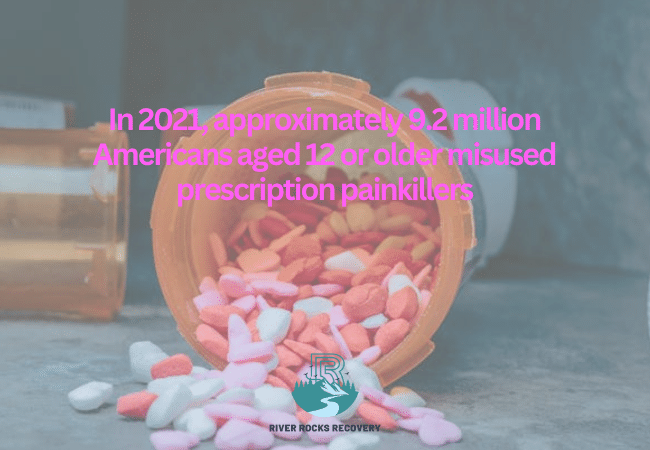
Preventing Painkiller Overdose
Overdose prevention requires a combination of education, safe practices, and systemic changes to reduce the risks associated with painkiller use.
1. Follow Prescriptions Carefully
- Adhere to Dosages: Take medications exactly as prescribed, without increasing the dose or frequency.
- Consult Your Doctor: Speak with your healthcare provider about potential risks, especially if you’re using other medications.
2. Avoid Mixing Substances
- Know the Interactions: Avoid alcohol and other sedatives when using painkillers unless explicitly advised by your doctor.
- Read Labels: Pay attention to warnings on both prescription and OTC medications regarding potential interactions.
3. Safeguard Medications
- Store Medications Securely: Keep painkillers in a locked cabinet to prevent misuse by others, especially children and teens.
- Dispose of Unused Painkillers: Participate in drug take-back programs or use safe disposal kits to eliminate unused medications.
4. Educate Yourself and Others
- Learn the Signs of Overdose: Recognize symptoms like respiratory depression, pinpoint pupils, and unconsciousness to act quickly in emergencies.
- Spread Awareness: Educate family members, particularly teens, about the risks of misusing painkillers.
5. Use Alternatives When Possible
- Non-Opioid Pain Management: Explore alternative treatments like physical therapy, acupuncture, or non-opioid medications for pain relief.
- Behavioral Therapies: Cognitive-behavioral therapy (CBT) can help manage chronic pain without reliance on medications.
6. Access Naloxone (Narcan)
- Carry Naloxone: Keep this life-saving medication on hand if you or someone in your household uses opioids.
- Training: Learn how to administer naloxone in case of an overdose emergency.
7. Seek Professional Help for Misuse
- Addiction Treatment Programs: Address dependency issues early through structured care.
- Ongoing Support: Relapse prevention strategies can help ensure long-term safety and sobriety.
The Importance of Professional Treatment
For individuals struggling with painkiller addiction, professional treatment provides the best chance for recovery and overdose prevention.
1. Addiction Treatment Programs
- Comprehensive programs address both physical dependency and the psychological aspects of addiction.
2. Outpatient Treatment Programs
- Flexible treatment options allow individuals to maintain daily responsibilities while receiving therapy and support.
3. Opiate Rehab Treatment
- Combines medical detoxification, counseling, and Medication-Assisted Treatment (MAT) to manage withdrawal symptoms and cravings.
4. Substance Abuse Treatment
- Evidence-based therapies like Cognitive Behavioral Therapy (CBT) help individuals identify and change behaviors that contribute to substance use.
5. Alcohol and Drug Rehab Treatment
- Tailored programs address the unique challenges of individuals who use painkillers alongside other substances.
6. Aftercare Planning
- Long-term support, including sober living programs and relapse prevention strategies, ensures sustained recovery.
How an Addiction Treatment Center in Ohio Can Help
Treatment centers provide a supportive, evidence-based approach to recovery, offering services like:
- Medical Detox: Safely managing withdrawal symptoms with 24/7 medical supervision.
- Individual and Group Therapy: Addressing the emotional and psychological aspects of addiction.
- Family Counseling: Rebuilding trust and communication among loved ones.
- Aftercare Support: Preparing individuals for a substance-free life with relapse prevention tools.
Conclusion
Painkiller overdose is a preventable tragedy that affects individuals and families across the nation. By understanding the risks, recognizing the signs, and taking proactive steps to prevent misuse, we can reduce the devastating impact of painkiller addiction.
If you or a loved one is struggling with painkiller misuse, professional treatment is the key to recovery. Programs like Addiction Treatment Program, Outpatient Treatment Program, and Opiate Rehab Treatment at an Addiction Treatment Center in Ohio provide the tools and support needed for lasting sobriety. Take the first step and contact us today at (888) 905-6281.
FAQ on Painkiller Overdose
Can you overdose on painkillers?
Yes, overdosing on painkillers is possible, particularly when taking high doses, misusing prescription opioids, or combining them with other substances like alcohol or sedatives.
What are the signs of a painkiller overdose?
Symptoms include slow or shallow breathing, pinpoint pupils, bluish lips or skin, unconsciousness, confusion, and vomiting. Immediate medical attention is crucial.
Who is most at risk of a painkiller overdose?
Individuals misusing painkillers, combining substances, those with co-occurring mental health conditions, or people with high tolerance due to prolonged use are at greater risk.
How can I prevent a painkiller overdose?
Follow prescriptions carefully, avoid mixing substances, store medications securely, and consider non-opioid alternatives for pain management. Access to naloxone can also help in emergencies.
What treatment options are available for painkiller addiction?
Programs like Addiction Treatment Program, Outpatient Treatment Program, and Opiate Rehab Treatment provide comprehensive care, including medical detox, therapy, and aftercare planning.










